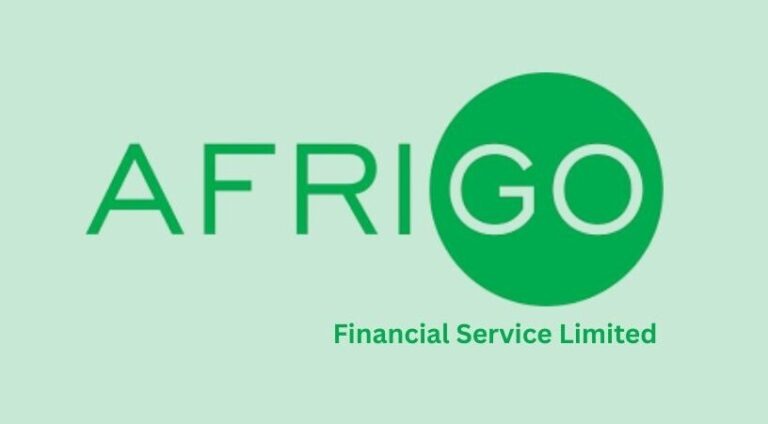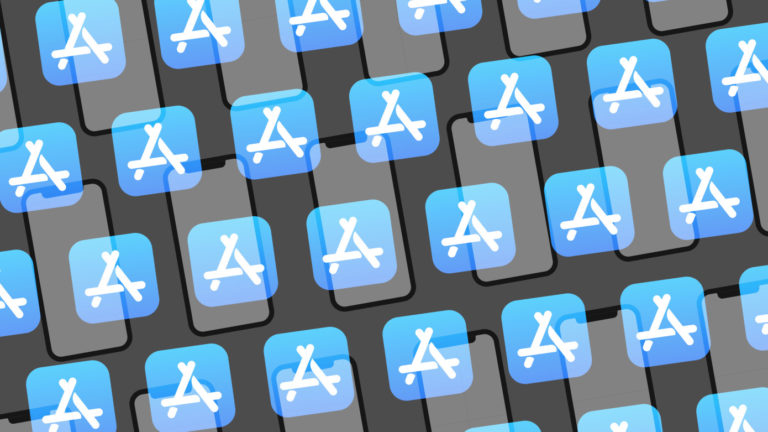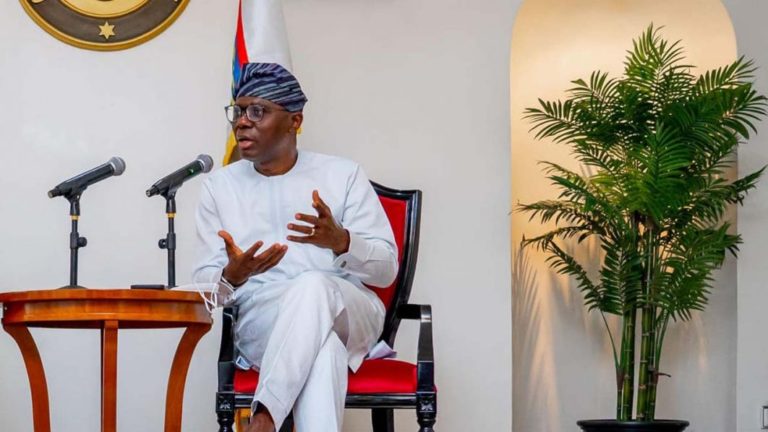What Spotify’s mess (and its clean up) can teach startups about long-term brand thinking

Written by Claire Huxley
When does an app become more than an app? When it starts thinking about its brand.
Did you know Growth Quarters is taking the stage this fall? Together with an amazing line-up of experts, we will share key insights into entrepreneurship during TNW Conference 2021. Secure your ticket now!
Former Spotify boss Jim Andersen caused a stir earlier this year when comments surfaced that reignited the debate about the streaming platform’s motivations.
In his words: “Spotify was created to solve a problem. The problem was to overcome piracy and get artists’ music out there. The problem was not to pay people money.”
And yet, was this backlash fully deserved? A glance at Spotify’s website suggests that its current leadership are singing a very different tune to their former colleague.
The company’s mission in 2021 is “to unlock the potential of human creativity.” This is accompanied by a list of commitments that Spotify is making, such as equipping artistswith the data and training to maximize their streams and earnings on Spotify. In other words, to get artists’ music out there, and to pay them money.
So what’s at play here? Is Andersen a cynic, or is Spotify trying to tape over reality? I’d argue the answer lies somewhere in between. Let’s take a look how Spotify‘s ‘mess’ and its solution serves as a useful blueprint for any startup on the road to scaling into a long-term, much-loved brand.
Laying a roadmap
From easily ordering take-out to seamlessly splitting bills, many of the apps we use every day were created with a singular “solve” in mind. And often, this singular fixation is a core factor in success.
But, as any seasoned founder knows, for every problem solved, another 99 can pop up in its place. And without a clear overarching vision for how to respond, growth can quickly be derailed.
Take Uber. For years its team was driven by a singular cause: build an app that makes hailing cabs easier. What they didn’t anticipate, was that realizing this goal would trigger up a new series of challenges.
Regulatory restrictions, passenger safety, drivers’ rights, disenchanted employees; suddenly, a simple “solve” didn’t seem so simple. And without a clearly defined brand strategy to help focus and communicate their efforts, Uber found itself at risk of grinding to a halt.
Uber’s challenges represent those faced by many startups when they pursue product development without engaging in long-term brand thinking. Defining a brand is about much more than choosing a logo; it’s about establishing clear and coherent principles that direct everything a business does, today and tomorrow.
Shift perceptions
What Spotify has done right is adapt its approach — moving beyond the simplistic technological approach so awkwardly put by its former chief.
When Spotify speaks about “unlocking the potential of human creativity,” they aren’t trying to distract people from the streaming solution they once were. Rather, they’re setting their sights on everything they want to be tomorrow.
By broadening its focus to creativity and putting an emotional need at the heart of its mission, Spotify has a more widely applicable and emotionally appealing organizing principle than a pure technical solve. The brand can position itself as engaging with users and artists in a way that a functional piracy-fighting platform would struggle to do.
Engagements like the Year Unwrapped round up – in which Spotify puts users at the heart of their own story by celebrating their listening habits – and the Loud And Clear resource for artists are an example of putting this emotional promise into action.
Not only do initiatives like this help win brand loyalty by humanizing Spotify beyond a functional faceless tech platform, they also differentiate the brand from other competitors: anyone can create a new streaming platform, few can replicate strong brand love.
Spark innovation
By defining their brand in terms of unlocking creativity, Spotify gives themselves a license to play far beyond the confines of a specific product, platform – or even industry. To quote CEODaniel Ek’s response when he was asked about the competitors that concern him:
I am looking at Fortnite, or Minecraft, or Roblox. All forms of media and entertainment is minutes that could have been spent listening to audio instead.
The inference is clear: to Spotify, “creativity” doesn’t stop at streaming songs – it encompasses all forms of self-expression. And viewed through this lens, the businesses’ potential for innovation is enormous. Whether by offering artist-controlled tiers of access, experimenting with forms of visual media, or even dipping a toe into NFTs, the opportunities go far beyond music.
Spotify’s past might have been to solve a single issue, but thanks to a bit of long-term brand thinking, its future is multi-faceted.







